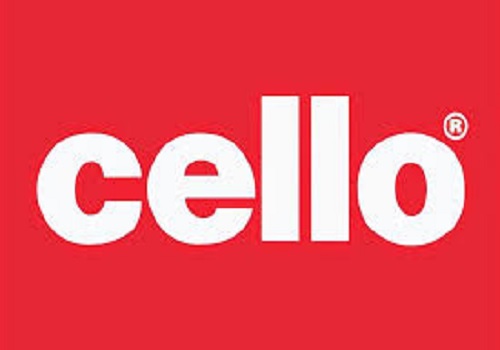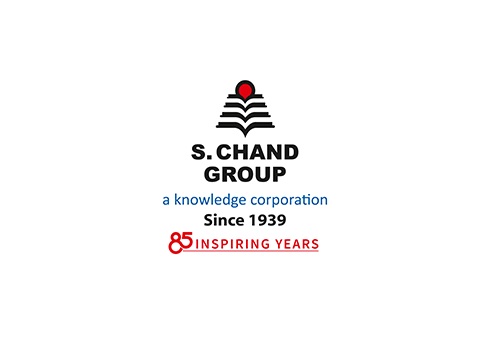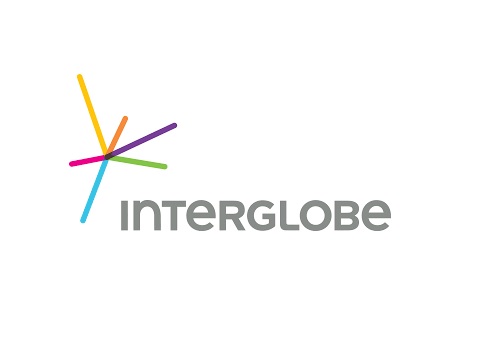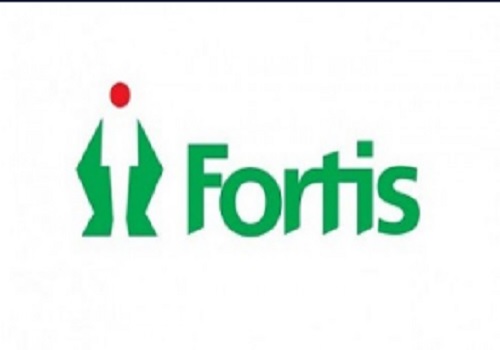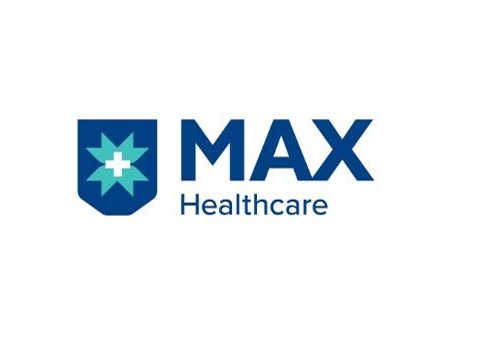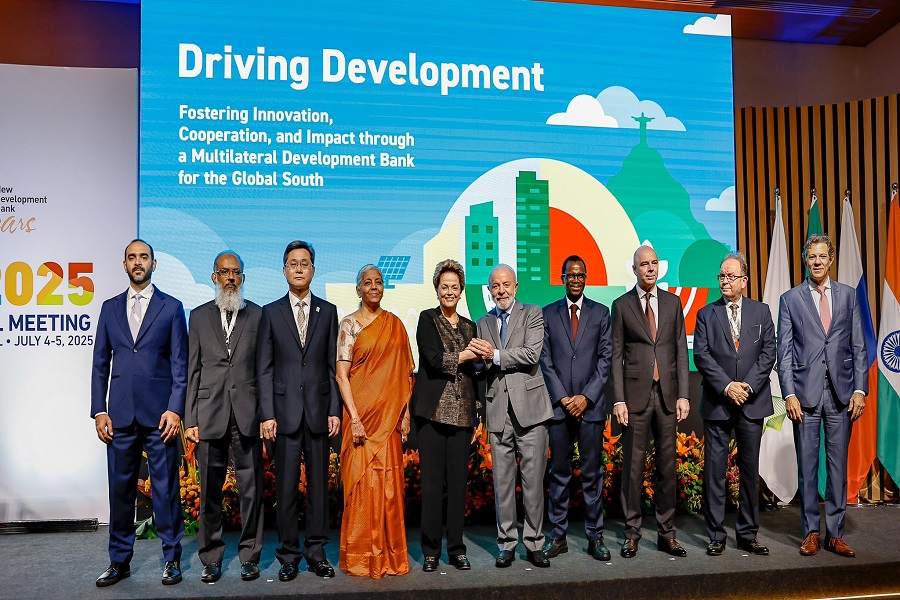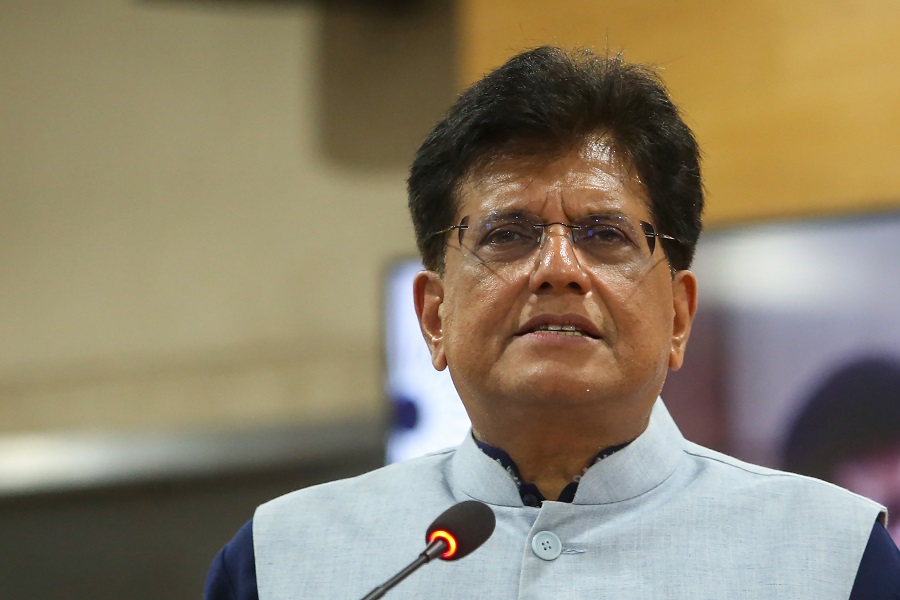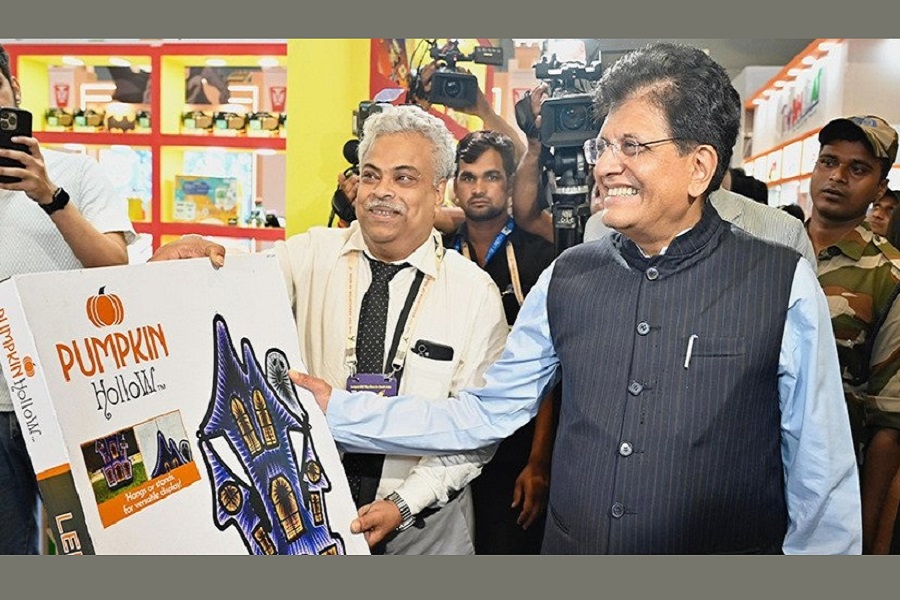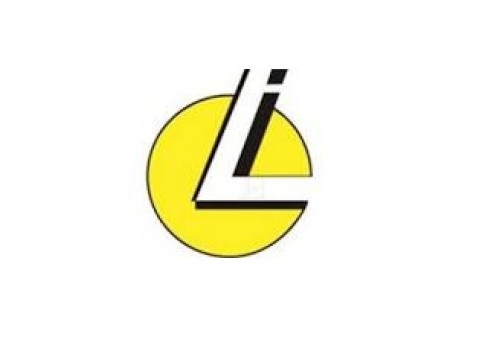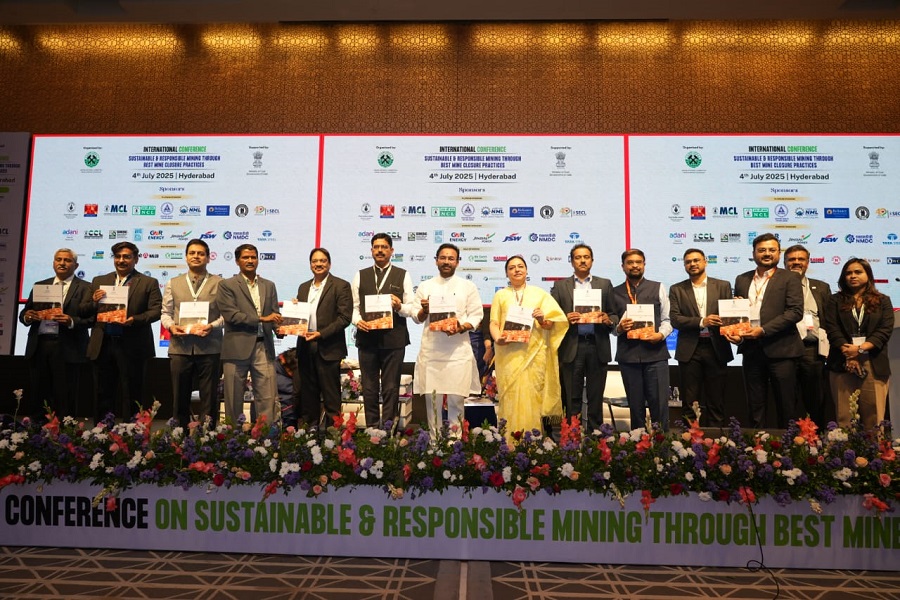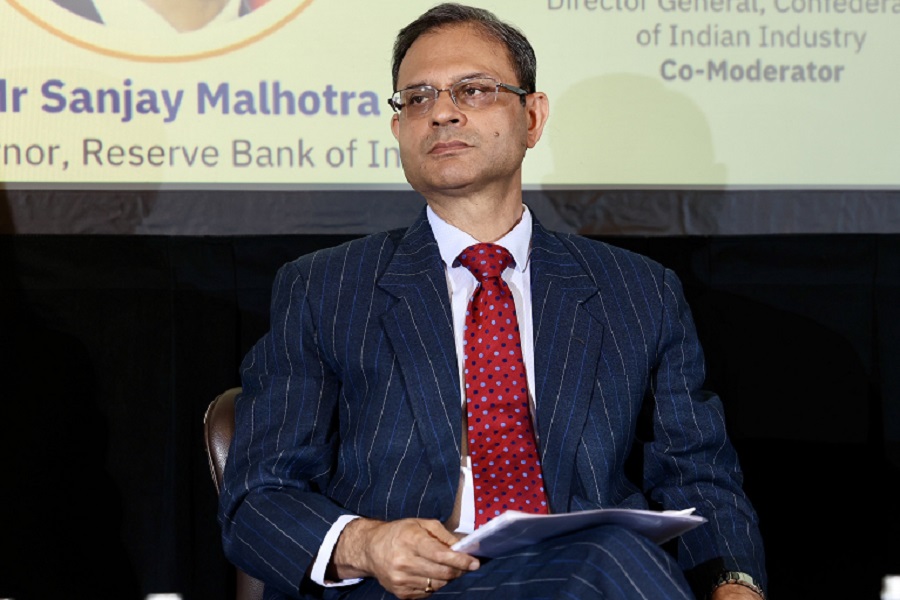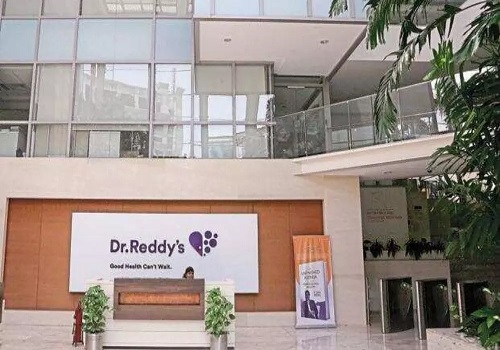Kundan Edifice coming with an IPO to raise Rs 25.22 crore

Kundan Edifice
- Kundan Edifice is coming out with an initial public offering (IPO) of 27,72,000 equity shares of face value of Rs 10 each for cash at a fixed price of Rs 91 per equity share.
- The issue will open for subscription on September 12, 2023 and will close on September 15, 2023.
- The shares will be listed on NSE Emerge.
- The share is priced 9.10 times higher to its face value of Rs 10.
- Book running lead manager to the issue is Fedex Securities.
- Compliance Officer for the issue is Rashmi Jugal Karnani.
Profile of the company
Kundan Edifice is engaged into manufacturing, assembly and sale of light emitting diode (LED) strip lights. It is original design manufacturer (ODM) as it design, develop, manufacture and supply its products to customers who then further distribute these products under their own brands. It focuses on unconventional form of lighting products i.e., LED strip lights that have varied application across industries such as real estate, railways, automobiles, decorative lighting, etc. The company entered into assembly and sale of lighting products in Fiscal 2014. Once current Promoter, Divyansh Gupta took control of the company since Fiscal 2016 It has focused its business operations into manufacturing, assembly and sale of light emitting diode (LED) strip lights and since then, while it is one of the trusted electronics manufacturing services (EMS) Company for its customers by providing end-to-end solutions in its area of operation. As an EMS Company, it is primarily an original design manufacturer (ODM) and design, develop, manufacture and supply products to customers who then further distribute these products under their own brands.
It also works with its customers to develop, manufacture and supply products that are designed by its customers. It focuses on unconventional form of lighting products i.e., LED strip lights that have varied application across industries such as real estate, railways, automobiles, decorative lighting, etc. It provides lighting solutions to some of the key electrical and electronic manufacturing brands in India. The LED strip lights or the flexible linear lights as a concept is replacing the traditional lighting like bulbs, tube lights and many other kinds of lights since the flexible linear lights have indoor as well as outdoor application.
Proceed is being used for:
- Meeting incremental working capital requirements
- General corporate purposes
Industry overview
The Electronics System Design & Manufacturing (ESDM) industry includes electronic hardware products and components relating to information technology (IT), office automation, telecom, consumer electronics, aviation, aerospace, defence, solar photovoltaic, nano electronics and medical electronics. The industry also includes design-related activities such as product designing, chip designing, very largescale integration (VLSI), board designing and embedded systems.
The electronics market has grown at a CAGR of 14% from 2016-19 and is expected to accelerate at a CAGR of 16.6% in 2020-25, with the total demand likely to account for US$ 540 in FY25. In FY2021-22, imports of electronics goods stood at $73.3 billion, whereas exports stood at $15.67 billion. Imports of electronics goods stood at $7,142.3 million in September 2022. The Government of India aims to make electronics goods amongst India’s 2-3 top ranking exports by 2026. Electronics goods exports are expected to increase from the projected $15 billion in 2021-22 to $120 billion by 2026. PLI scheme for large scale electronics manufacturing launched by Ministry of Electronics and Information Technology (MeitY) in April 2020 has been extended from existing five years band (FY21-FY25) to six years (FY21-FY26).
Local electronics design and production are being positively influenced by ongoing domestic consumption, changing dynamics in the global supply chain and a plethora of policy initiatives to assist indigenous manufacturing in the current period is most advantageous. The smooth implementation of new initiatives and the reversal of restrictive laws will go a long way toward boosting international business confidence in India's business environment and attracting manufacturing investments.
Pros and strengths
Long-term relationships with leading industry customers: It has a history of high customer retention. In the Fiscal 2023, the Fiscal 2022, the Fiscal 2021, it derived approximately 65.65%, 65.31% and 62.27% respectively, of its restated revenues from operations from repeat customers (defined as customers from which it has had revenues in the past three fiscal years). In Fiscal 2023, it enjoyed relationships of over three years with 5 out of these top ten customers. Its long-term relationships and ongoing active engagements with customers also allow it to plan its capital expenditures and enhance its ability to benefit from increasing economies of scale with stronger purchasing power for raw materials and a lower cost base. These enduring customer relationships have also helped it expands its product offerings.
Strong focus on R&D: Its R&D department focuses on product designing, tools and mould designing, electronic circuit designing and prototype designing. Its R&D department independently develops ODM designs and verifies and develops OEM designs received from customers and converts such designs into deliverable products by improving the designs, recommending suitable raw materials and testing of trial products. The R&D team also aims to provide solutions through automation to improve manufacturing efficiency on the existing products, reduce production costs and assists its customers by providing design and engineering support.
Well Established manufacturing facility: It is presently manufacturing a wide range of LED strip lighting products that have multiple applications across industry. Its LED strip lighting products can be used in both indoor as well as outdoor applications. Further, its products can be broadly classified under the following two categories i.e., HV Flex and LV Flex. It manufactures products with multiple variants including differences of length, color, durability, controls, which are used in external as well as internal application like decorative, facade lighting, interiors etc.
Risks and concerns
Operate in competitive environment: The markets in which it and its customers compete are characterized by rapidly changing preferences, evolving industry standards and continuous improvements in products and services and is characterized by frequent introductions of new piping products, lighting solutions, applications and technologies. It expects competition to persist and intensify in the future as the market wherein it operates is constantly evolving and growing with new and existing competitors devote considerable resources to introducing and enhancing products. Accordingly, its ability to grow its business in accordance with its strategy will depend on its ability to introduce new products, adapt to new technologies, respond to pricing strategies by competitors and improve its manufacturing capabilities.
Delays in client payments could affect operations: It may be subject to working capital risks due to delays or defaults in payment by clients, which may restrict its ability to procure raw materials and make payments when due. In addition, any delay or failure on its part to supply the required quantity or quality of products, within the time, to its customers may in turn cause delay in payment or refusal of payment by the customer. Such defaults/delays by its customers in meeting their payment obligations to it may have a material effect on its business, financial condition and results of operations.
Dependent on third party transportation: Based on customer preferences, it may be required to pay the transportation costs for the products it sells. In addition, it may have to pay for transportation costs in relation to the delivery of some of the raw materials and other inputs to its manufacturing facilities. It does not own any vehicles for the transportation of its products and/or raw materials, it therefore rely on third party transportation and logistics providers for delivery of its raw materials and products. This makes it dependents on third-party transportation and logistics providers. It does not have any long-term contractual arrangements with such third-party transportation and logistics providers. Disruptions of logistics could impair it ability to procure raw materials and/or deliver its products on time, which could materially and adversely affect its business, results of operations and financial condition.
Outlook
Incorporated in 2010, the company is engaged into manufacturing, assembly and sale of light emitting diode (LED) strip lights. It is original design manufacturer (ODM) as it design, develop, manufacture and supply its products to customers who then further distribute these products under their own brands. On the concern side, it may be subject to working capital risks due to delays or defaults in payment by clients, which may restrict its ability to procure raw materials and make payments when due.
The company is coming out with an IPO of 27,72,000 equity shares of face value of Rs 10 each for cash at a fixed price of Rs 91 per equity share to mobilize Rs 25.22 crore. On performance front, the company’s total revenue increased by 86.00% from Rs 3,250.60 lakh for the Financial Year ended March 31, 2022 to Rs 6,046.36 lakh for the Financial Year ended March 31, 2023. The Profit after tax of Rs 513.09 Lakh for the Financial Year ended March 31, 2023 from a profit of Rs 167.82 Lakh for the Financial Year ended March 31, 2022. Going forward, the company intends to cater to the increasing demand of its existing customers and also to increase its existing customer base by enhancing its product portfolio. Based on market intelligence, discussions with its customers and research by its R&D team, it is able to produce new products that have been well-accepted in its target markets. For instance, it plans to upscale its technology and enter into high margin products.
